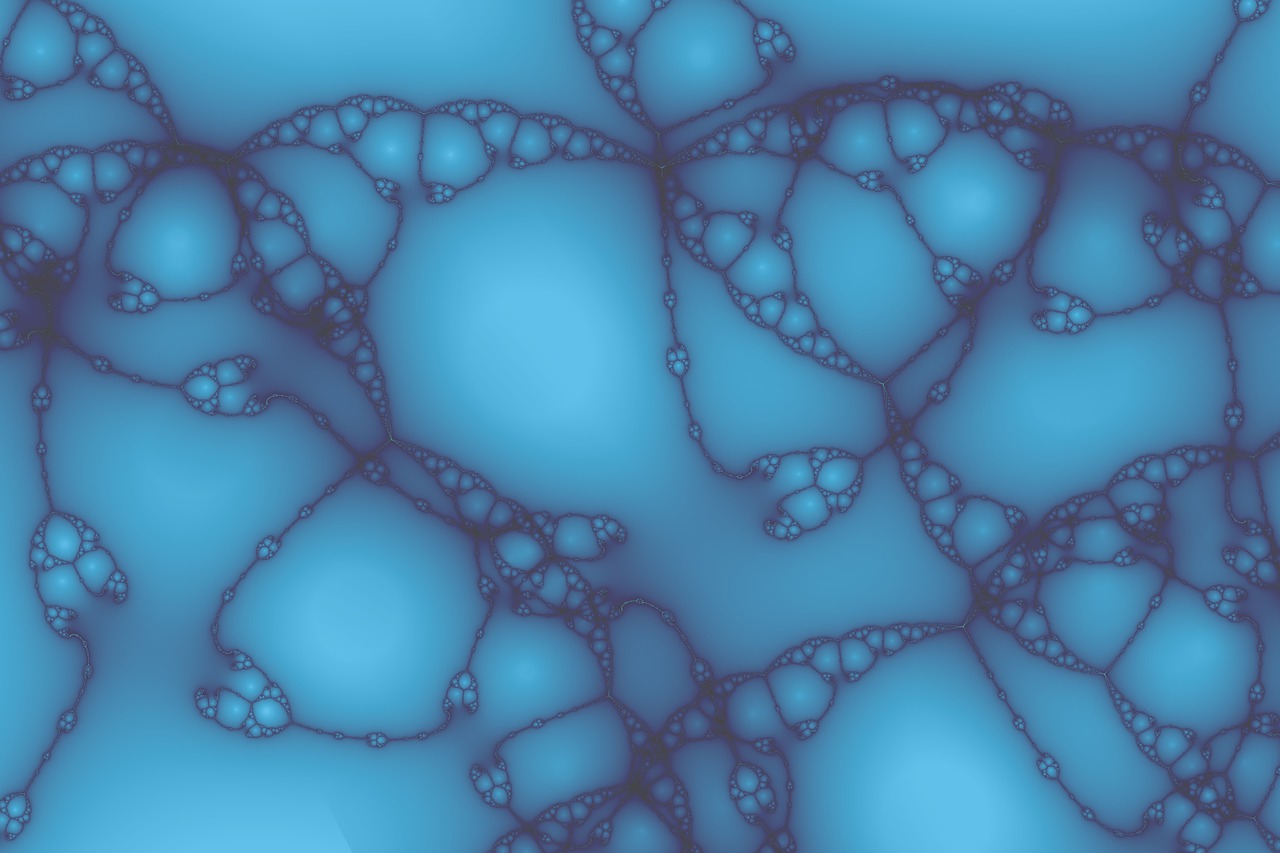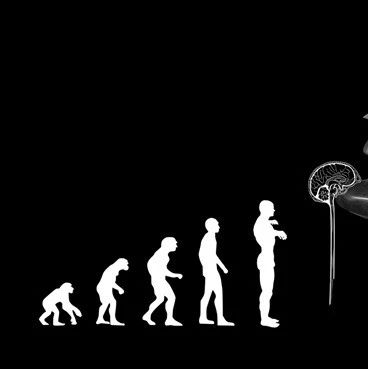摘要:核小体是染色质包装的基本单位,控制调节蛋白与DNA的接触,由此,参与真核基因的调控过程。精密的染色质重塑机制起始于启动子、调控元件和其他功能区的核小体结构。基因组最主要的特点是核小体位置的多态性。结构表明:序列依赖的核小体偏好性和非核小体因子共同决定哺乳细胞核小体结构。

体外核小体的序列信号
Nucleosomes are the basic packaging units of chromatin, modulating accessibility of regulatory proteins to DNA and thus influencing eukaryotic gene regulation. Elaborate chromatin remodelling mechanisms have evolved that govern nucleosome organization at promoters, regulatory elements, and other functional regions in the genome1. Analyses of chromatin landscape have uncovered a variety of mechanisms, including DNA sequence preferences, that can influence nucleosome positions2, 3, 4. To identify major determinants of nucleosome organization in the human genome, we used deep sequencing to map nucleosome positions in three primary human cell types and in vitro. A majority of the genome showed substantial flexibility of nucleosome positions, whereas a small fraction showed reproducibly positioned nucleosomes. Certain sites that position in vitro can anchor the formation of nucleosomal arrays that have cell type-specific spacing in vivo. Our results unveil an interplay of sequence-based nucleosome preferences and non-nucleosomal factors in determining nucleosome organization within mammalian cells.







